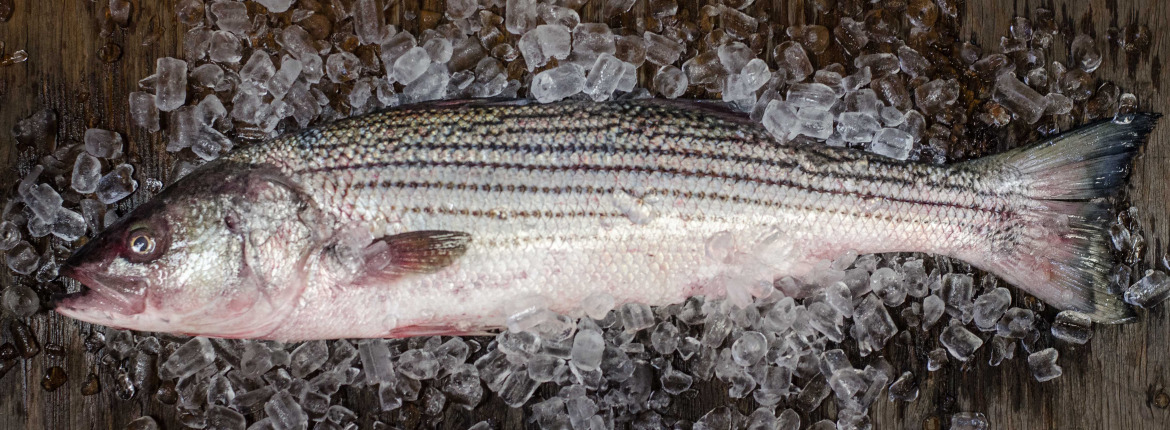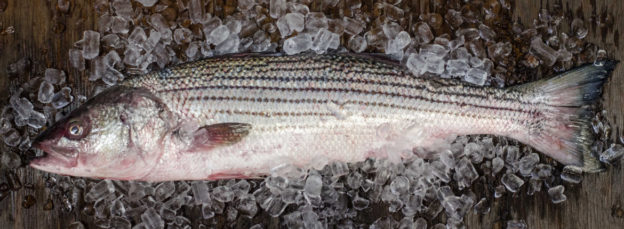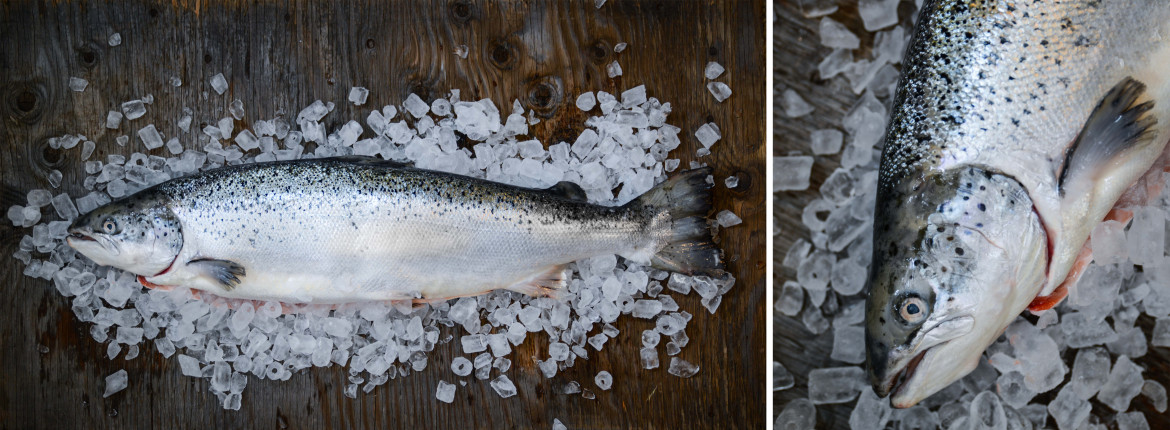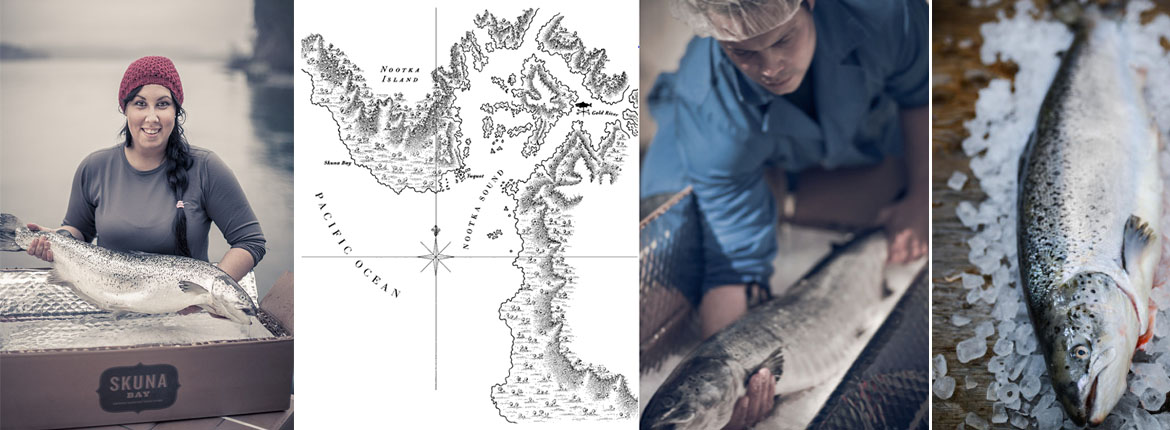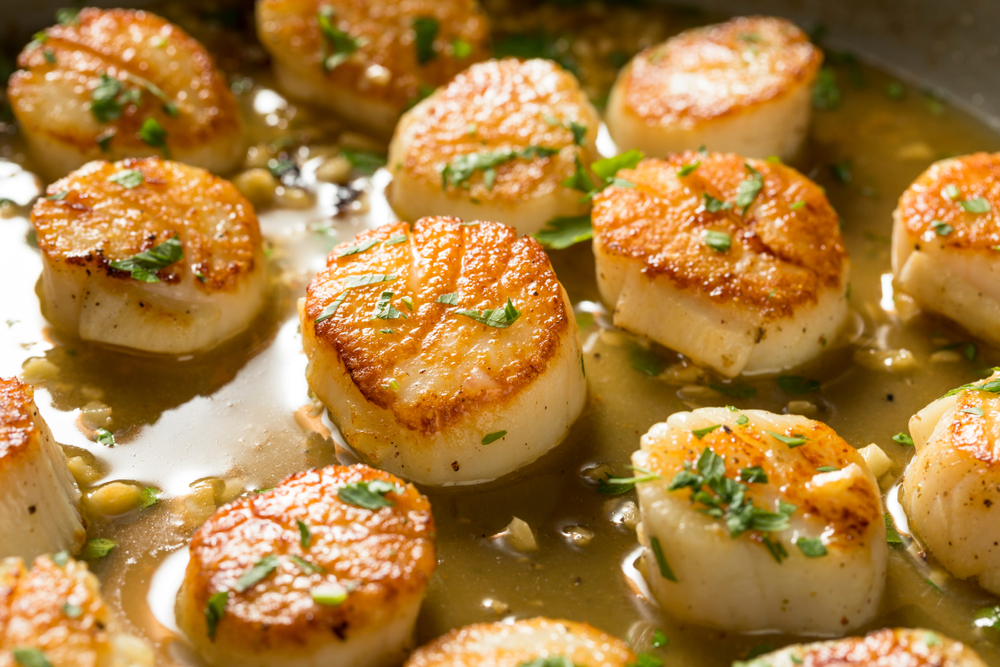East Coast Striped Bass
Striped bass is slow to mature and reproduce, which has made it a vulnerable species. By 1982, the supply of striped bass had dwindled to less than five million. Thanks to the efforts of seafood conservation groups and responsible fisherman, by 2007 the supply had increased to almost 56 million fish. Striped bass caught by “handline” methods are considered a best choice for sustainability.
Common Name
Striped Bass, Striper, Greenhead, Rockfish, Lineside, Suzuki
Scientific Name
Morone saxatilis
Seasonal Availability
Year-round
Primary Product Forms
Fresh: H&G, Fillet
Frozen: H&G, Loins
Product Profile
Mild
Moderate
Full
Delicate
Medium
Firm
Striped bass is a very versatile fish and takes well to a variety of cooking methods, including pan-searing, grilling and poaching; you can even dip them in batter and deep fry them. Try marinating striped bass in lemon juice, fresh herbs and olive oil and then cooking it quickly on the grill. You could even roast a whole fish wrapped in foil and seasoned with garlic, herbs and slices of lemon.
U.S. Atlantic from northern Florida to Canada.
Rated green and yellow (aka Best Choice and Good Alternative) by Monterey Bay Aquarium’s Seafood Watch Program.
Striped bass live in the ocean but spawn in fresh water rivers, therefore can tolerate both fresh and salt waters.

